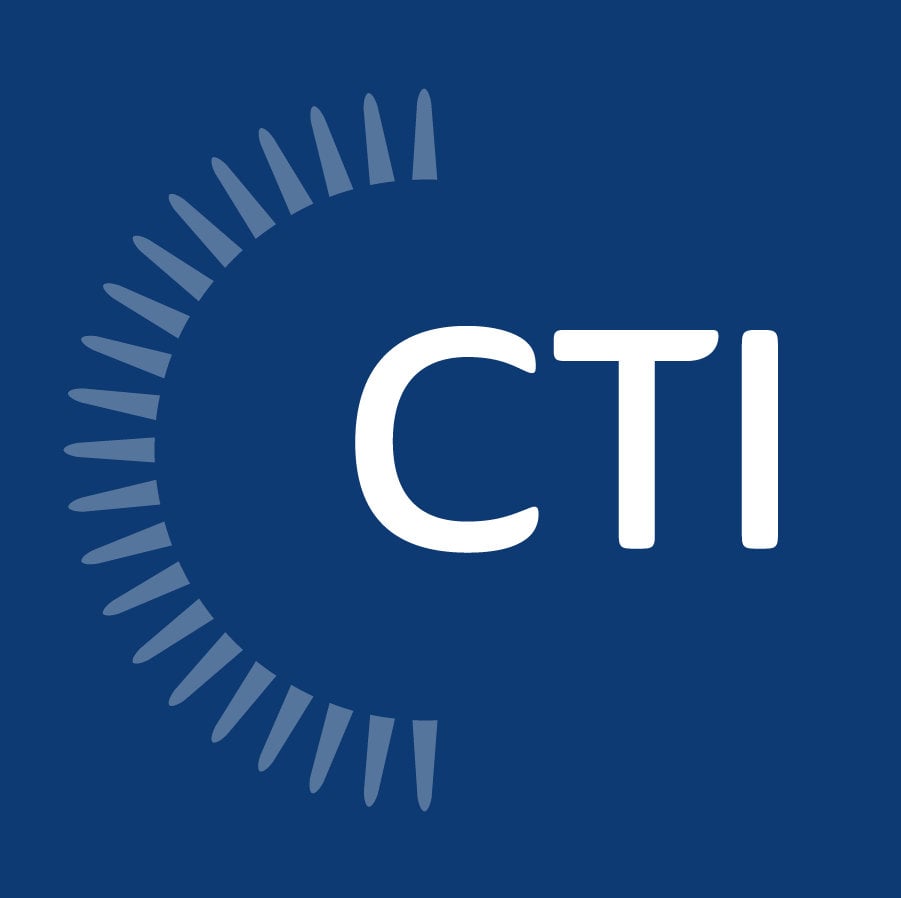
The Tax Cuts and Jobs Act (TCJA) creates the need to amortize research and experimental expenditures in tax years after December 31, 2021. This article provides an overview of section 174, then dives into the changes, updates, and questions regarding taxpayers and their involvement with Section 174 of the TCJA as of the 2022 tax year.
Update to Section 174 Rules
Passed into law in 2017, the Tax Cuts and Jobs Act included a delayed provision that requires taxpayers to begin amortizing research and experimental (R&E) expenditures specified in Section 174 beginning in tax years after December 31, 2021.
Section 1.174-2(a)(1) defines R&E expenses as expenditures incurred in connection with a taxpayer’s trade or business, which represent research and development (R&D) costs in the experimental or laboratory sense. Specifically, the section includes all expenses related or incident to the development or improvement of a product if the activities are meant to eliminate uncertainty concerning the development or improvement of a product.
Prior to this provision, taxpayers had the option to deduct 100% of R&E costs incurred in connection with the taxpayer’s trade or business during that taxable year. However, beginning with the tax return filings for Tax Year 2022, taxpayers can no longer deduct the expenses right away. Instead, the prescribed R&E costs will need to be capitalized and amortized over a 5-year period if they are domestic expenses and over a 15-year period if they are related to foreign research beginning with the midpoint of the taxable year in which such expenditures are paid or incurred.
Learn More: Bipartisan Bill to Remove Amortization Requirement |
Section 280C Update
Section 174 expenses include all expenses captured towards the research and development credit, which is calculated using the analysis codified in Section 41. While the analysis of the Section 41 expenses and credit does not change based on the enactment of the above provision, the TCJA does provide an amendment to Section 280C that will impact the election available for the R&D credit.
Previously, a taxpayer could elect the Section 280C net credit option, which reduced the R&D credit by the highest statutory corporate tax rate. This in turn reduced the amount of add-back to the taxpayer’s taxable income as a result of claiming the credit. For tax years following December 31, 2021, the amended Section 280C no longer requires an adjustment directly to the current year’s deduction. Instead, Section 280C requires a taxpayer to reduce the amount of capitalized R&E expenses only if the R&D credit exceeds the amount of deductible qualified research expenditures for the current year.
As such, a tax preparer must review the 280C reduced tax credit election in comparison to the calculated R&D credit to determine which method will be available and most beneficial to the taxpayer. Additionally, because of the Section 174 updates, there is a higher likelihood than before that the original credit may be more beneficial than the reduced 280C credit option.
Impact of These Changes
Because taxpayers could immediately deduct all R&E expenses, there has not been a need to identify and categorize Section 174 expenses. As such, the new effective TCJA provision will require taxpayers to identify and separate R&E expenses for each tax year. Further, due to deferred deductions, taxpayers with Section 174 expenses can expect to have additional tax liability, potentially both on the federal and state level, which may impact the business’s immediate cash flow.
It's important to note that this update to the Federal tax filings does not apply to all state filings. Specifically, not all states mirror the Federal provision to require capitalization of R&E expenses, and as such taxpayers may be able to continue to deduct expenses on the state level concurrent with the tax year incurred.
Change in Accounting Method and Procedure
Due to the updates as a result of the TCJA and treatment of expenses, a taxpayer must create a capital account to record R&E expenses. From that capitalization, the taxpayer is allowed to amortize deductions of such expenses over a 5 or 15-year period, depending on the type of expense.
The capitalization process constitutes a change in the taxpayer’s method of accounting. However, Revenue Procedure 2023-11 specifies that by filing a statement with an originally filed Federal income tax return for the first taxable year beginning January 1, 2022, taxpayers will receive an automatic change in method of accounting when complying with Section 174 updates.
For any subsequent tax year, any changes required to continue to comply with Section 174 will require the filing of Form 3115 to document any further change in accounting method.
Frequently Asked Questions
Q: Are Section 174 and Section 41 expenses the same?
A: No. Section 41 expenses must be included as R&E expenditures under Section 174 because Section 41 expenses must also be eligible under Section 174. It is important to note however, that Section 174 includes additional costs that are not included within Section 41, such as rent, utilities, overhead, depreciable equipment, patent-related expenses, funded research, and foreign research.
Q: If I don’t claim the R&D Credit under Section 41, am I still required to capitalize my R&E expenses?
A: Yes. The TCJA provision states that taxpayers are required to capitalize and amortize R&E expenses incurred during the course of trade or business for that taxable year.
Q: Will the R&D Credit get amortized over the 5 or 15-year period?
A: No. The R&D credit calculation, analysis, and application based on Section 41 all remain unchanged. A taxpayer’s R&E expenditures are what are required to be capitalized and amortized, changing the taxpayer’s deduction amount threshold for each taxable year.
Q: Are there any changes in the filing process?
A: Yes. The taxpayer must submit a statement with a list of information alongside their tax return, in lieu of the Change in Accounting Method Form 3115 for the first taxable year that the taxpayer capitalizes R&E expenses.
Future Changes
The business community had high expectations for this delayed provision within the TCJA to get repealed before enforcement in 2023. In Washington DC on March 17th, 2023, a new bipartisan research & development bill has been introduced by Senators Maggie Hassan (D-NH) and Todd Young (R-IN), which includes a retroactive reinstatement of Section 174 as it existed prior to the TCJA as well as significant expansion in the credit for small and start-up businesses.
While there is bipartisan support for a delay or repeal of this tax law update, as of the publish date of this article, the provision is still in effect. As such, it is important for taxpayers to make plans to identify, track, and capitalize on R&E expenses tied to Section 174. The potential of higher tax liability will also make credits more valuable than ever before.
Get free advice from a Tax Consultant now to navigate these changes and how they apply to your specific business, in order to follow correct filing procedures and benefit from maximum tax savings.



